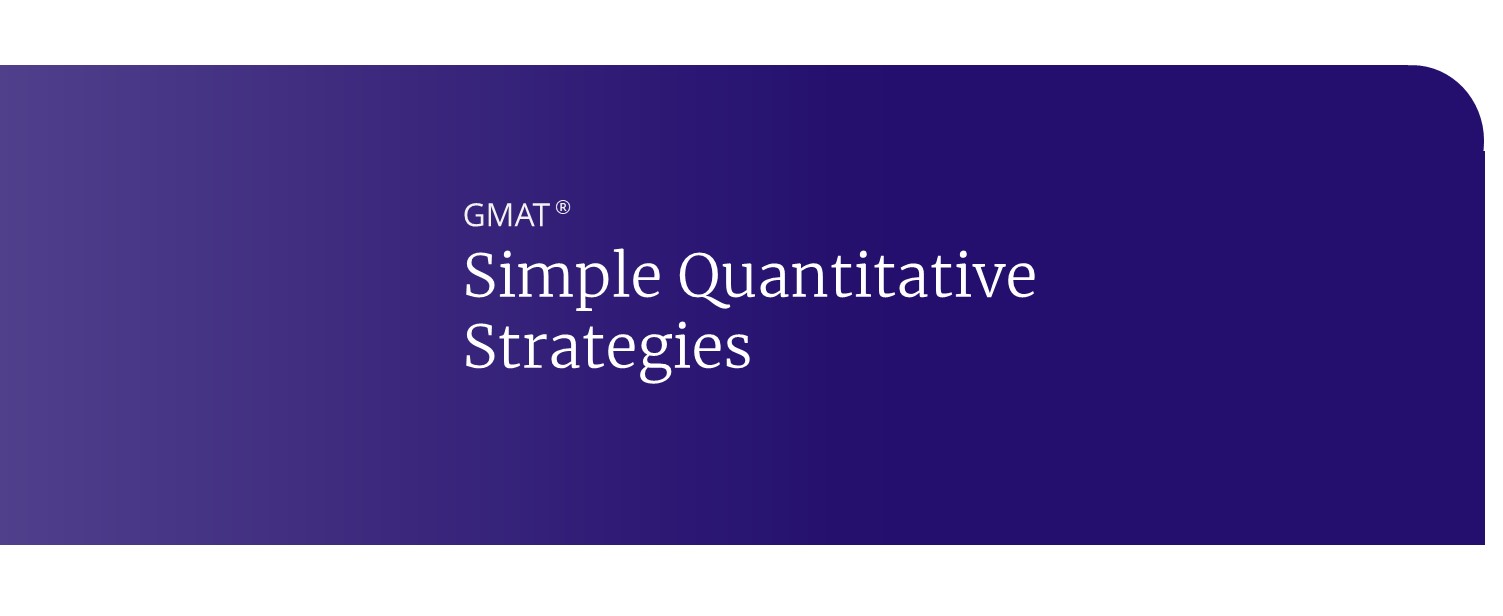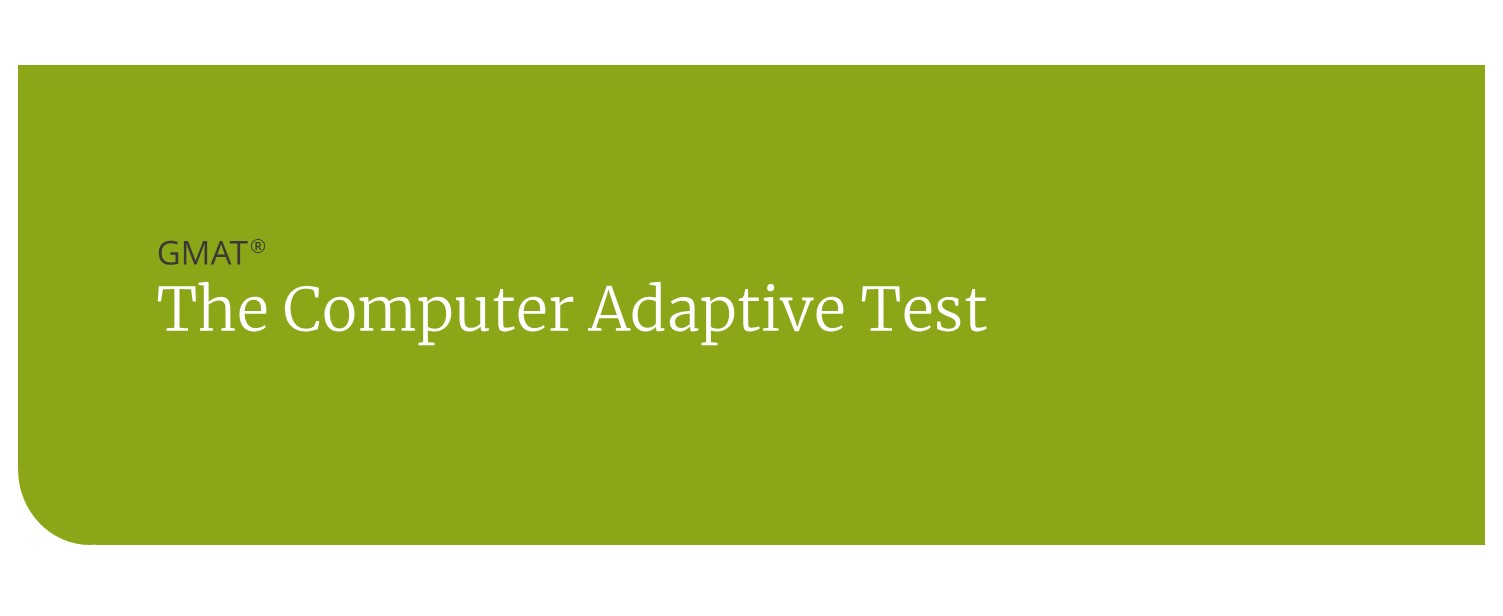Simple Quantitative Strategies for the GMAT
Before you review all that algebra and statistics you’ve forgotten over the years, and before you practice with an endless sequence of practice problems, you should learn a few simple tips that well help you immensely on test day. Learn these early, and reinforce them during practice.
These strategies may appear simple, but they can mean big points in a pressured testing environment. So, when you take a GMAT Practice Test, think about these techniques. They will keep you from making careless mistakes on easy-to-mediate problems, which can end up making a huge difference on a computer adaptive test.
FREE PREMIUM CONTENT
GMAT Math Quicksheet
Unlock access to our free GMAT Math Quicksheet



